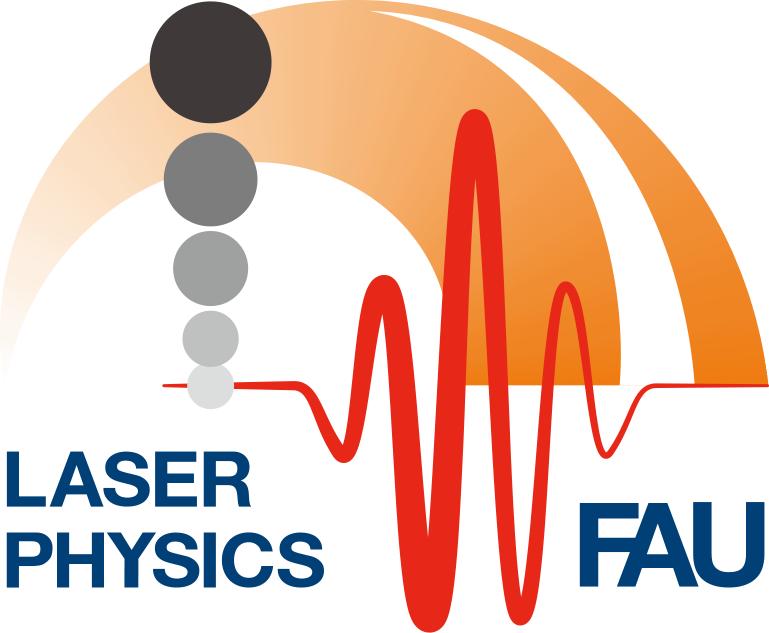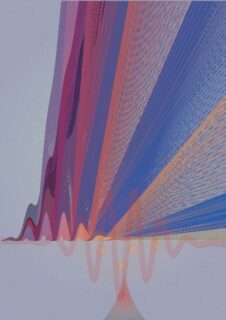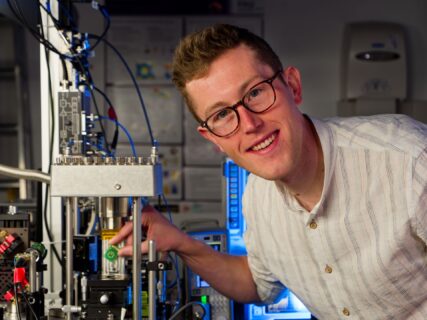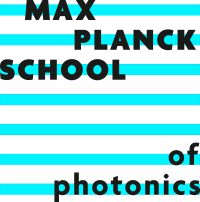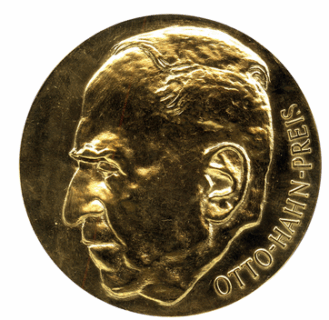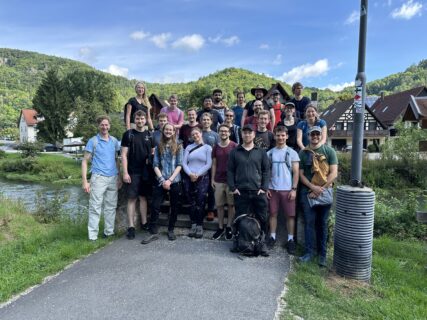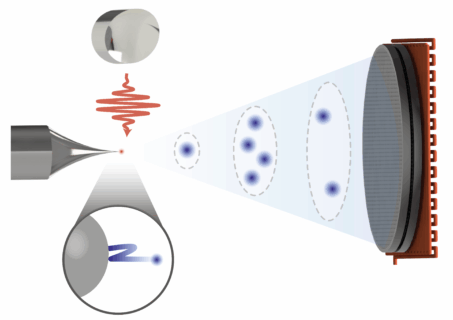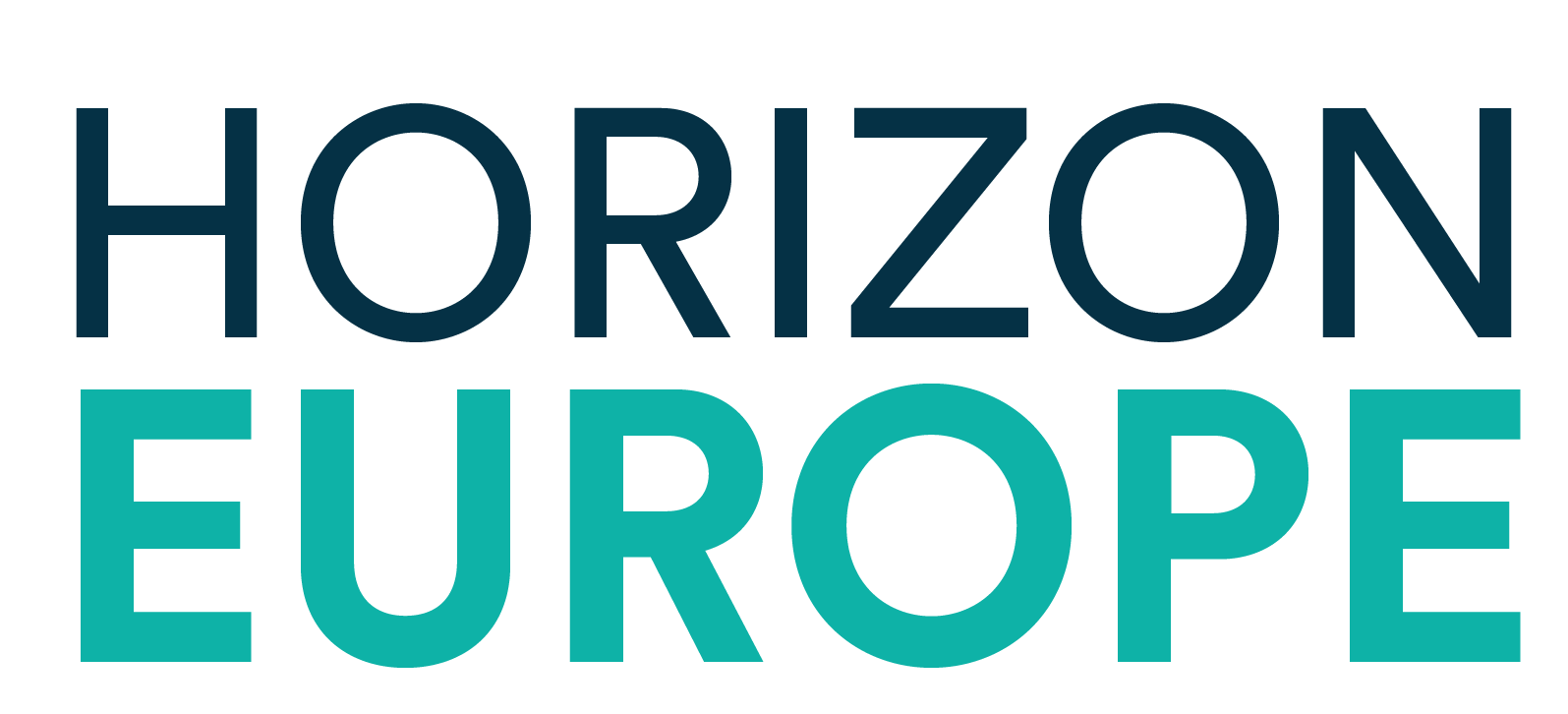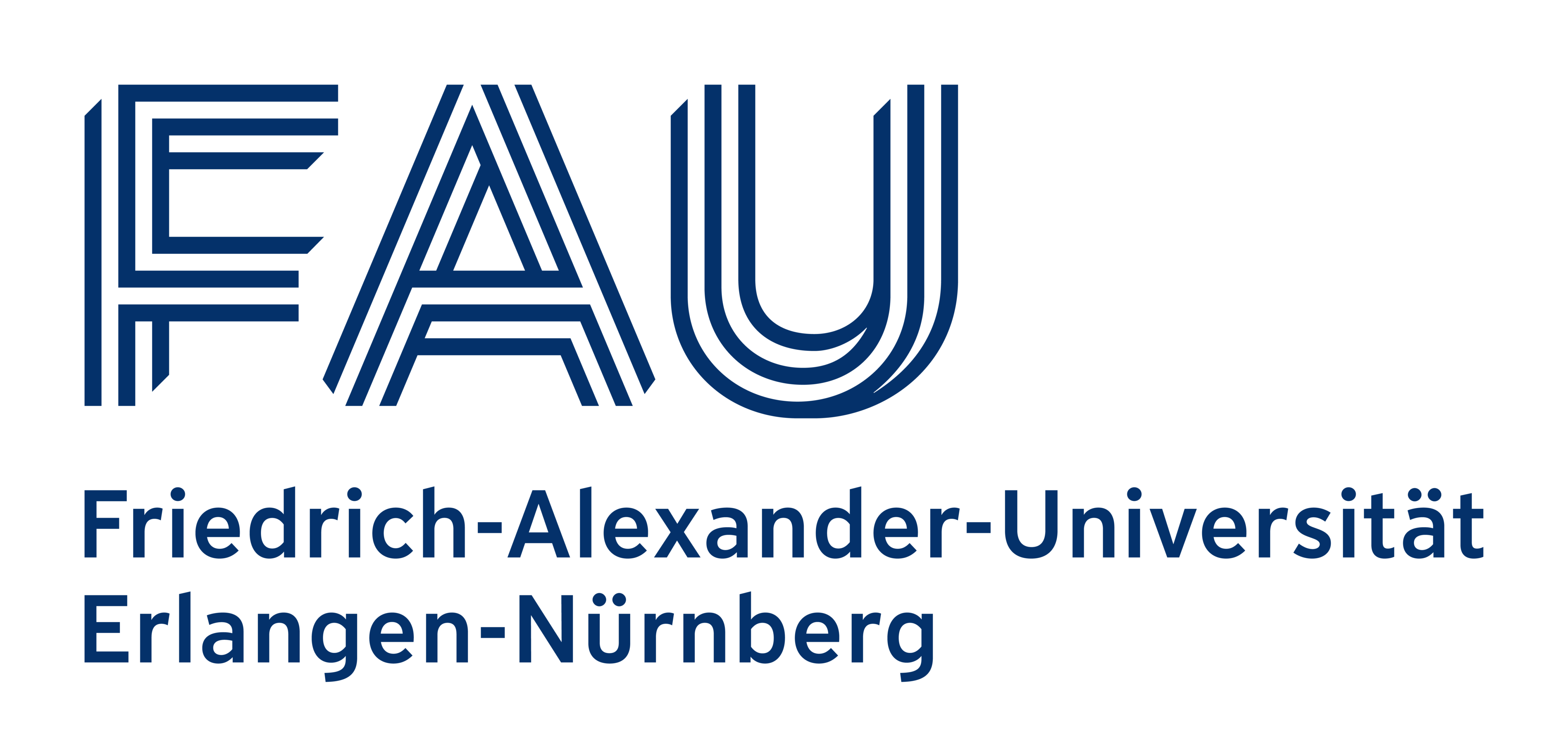Chair for Laser Physics
Welcome to the website of the Chair for Laser Physics (FAU) – and of the Chair for Ultrafast Quantum Physics and Nanophtonics (LMU)
Our research focuses on the intersection of laser physics, quantum, electron and nano-optics, as well as strong-field and attosecond physics, plasmonics and solid-state physics. We investigate, use and control in novel ways the wave and particle properties of electrons in ultrafast processes on the surface and within nano-objects; we develop novel particle traps to create quantum optical systems and to realize a quantum electron microscope; we use laser pulses on photonic nanostructures to investigate new concepts for particle acceleration, but also to bring electron wave packets into special states and shapes, so that they can, for example, create completely new photon states. Building on fantastic work from the last few years, in which we were able to demonstrate the first highly interesting many-body effects with electrons, we are currently moving more and more in the direction of ultrafast many-body quantum dynamics.
The greater part of our experiments thus revolves around the light-matter interaction on the very fastest time scales, namely the femtosecond and attosecond time scale (1 fs = 1 millionth of a billionth of a second, 1 as = 1 billionth of a billionth of a second); more abstractly, one could also say that we want to understand and use the photon-electron coupling in different systems better and better. Part of this is based on the most advanced methods of manipulating electrons, using light but also microwave fields, which in turn means that we are also looking at novel laser sources and generally the most advanced techniques and methods of ultrafast optics.
At the moment we are 100% located at the FAU in Erlangen, but we are also already formally part of the LMU Munich. The laboratories there are currently being completely renovated; the majority of our laboratories will then move to the LMU in fall 2026.We will be located at Amalienstraße 54.
If you would like to find out more about us and our research, please move your mouse over Chair, Research or Teaching above this text and follow the links there. You will find the latest news right here below. Have fun!
